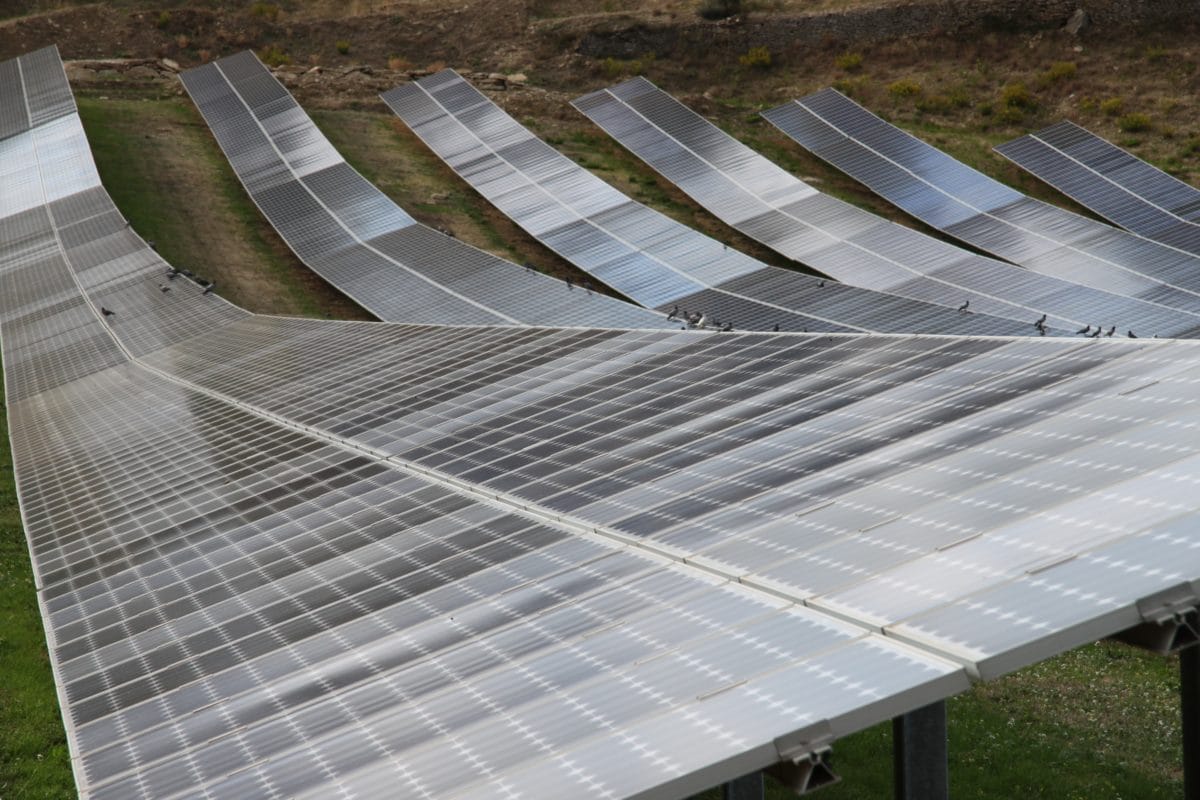“Hydrogen seems to have too much of a role. We promote it, clear, but we see the risk it could turn out to be a way to postpone the fossil exit,” Paolo Rocco Viscontini, president of the Italia Solare association, recently told pv magazine.
Gianluca Biscotti, founder of engineering consultancy BFP, echoed his sentiments.
“Although the National Recovery and Resilience Plan has allocated significant resources to the hydrogen sector (about €3.2 billion), it remains to be seen whether the €2 billion allocated for the decarbonization of the hard-to-abate sector will also end up in blue hydrogen, which would be a real failure for a plan aimed at green energy transition,” Biscotti told pv magazine.
According to Mauro Moroni, the founder of Moroni & Partners, the plan is not clear about carbon capture and storage (CCS), either.
“It appears there is no reference to CCS systems, but we should pay attention. 0.68 billion were allocated for 200 MW of innovative plants, so much resembling a single large plant perhaps offshore,” he told pv magazine.
If the color of hydrogen is still a question mark, Italy’s marginal position in the electrochemical cells sector seems to remain unquestioned.
“Let’s face it: With the available budget, Italy will not be a leader or innovator in the battery sector,” said Moroni.
Italia Solare’s Viscontini offers a more measured view. “We appreciate some references to storage, but we fear it’s not enough considered its immediate potentialities,” he said.
Funding remains a first step toward creating a stronger renewables sector in Italy.
“This is a better start than the one envisaged until some years ago. Investments in renewables in the plan will amount to 5.9 billion and will be mainly focused on solar energy, energy communities, self-consumption, innovative plants, including offshore, and biomethane,” Moroni said.
The Italian government remains positive about its 2030 objectives. The Italian PV world appears to partly share this optimism.
Popular content
“The 2030 aim is to have 72% of electricity produced from RES. This will mean having to increase RES power by 70 GW in 10 years, or 7 GW a year. Renewable energy associations consider financial allocations inadequate,” said Biscotti, reminding that only 0.8 GW of new renewables capacity was installed in 2020.
On the other hand, Moroni sees huge potential ahead.
“If the bureaucratic situation breaks through as we all hope, I think there will be no problems in achieving 5 GW or 6 GW per year, given the enormous amount of authorization developments that are taking place in Italy,” he said
Viscontini said that “there are shadows, but also light.” He is positive in his assessment of the continuation of the 110% tax break program – the so-called “Superbonus” He is even more enthusiastic about the support for agrivoltaics and the declared intention to simplify permitting.
“It seems that for the first time a governmental document is considering agri-pv as a real solution, opening to the chance to install PV over agricultural land, that is a very important result, after so much resistance from many parties,” said Viscontini, adding that the focus of agrivoltaics will be on “advanced and well-monitored” solutions.
Similarly, Biscotti sees the changes in a positive light, noting the €1.1 billion for the support to agrivoltaics (a 2 GWp objective) and the additional €1.5 billion devoted to “agrisolar park” project. This includes “the installation of 4.3 million square meters of photovoltaic, for about 0.43 GW, on roofs of buildings in the agricultural, zootechnical and agro-industrial sectors,” he said.
At some sites, agrivoltaics could be coupled with biomethane, noted Moroni.
“Perhaps the European Union or Italian authorities further discussing the issue at a national level will be able to increase, balance, or otherwise change the amount of funding dedicated to this technology,” he said, adding that the 2 GW should remain a minimum, as “the power eligible for incentives could be significantly higher if used in competitive auctions such as FER1.”
As said, the issue does not just boil down to money. The simplification of authorization processes is also of fundamental importance, for example. The industry is mostly asking for fixed timings and simplified procedures. This is more important, given that the entire process should be completed within the current legislature. The next Italian general elections will be held no later than June 2023.
This content is protected by copyright and may not be reused. If you want to cooperate with us and would like to reuse some of our content, please contact: editors@pv-magazine.com.


By submitting this form you agree to pv magazine using your data for the purposes of publishing your comment.
Your personal data will only be disclosed or otherwise transmitted to third parties for the purposes of spam filtering or if this is necessary for technical maintenance of the website. Any other transfer to third parties will not take place unless this is justified on the basis of applicable data protection regulations or if pv magazine is legally obliged to do so.
You may revoke this consent at any time with effect for the future, in which case your personal data will be deleted immediately. Otherwise, your data will be deleted if pv magazine has processed your request or the purpose of data storage is fulfilled.
Further information on data privacy can be found in our Data Protection Policy.